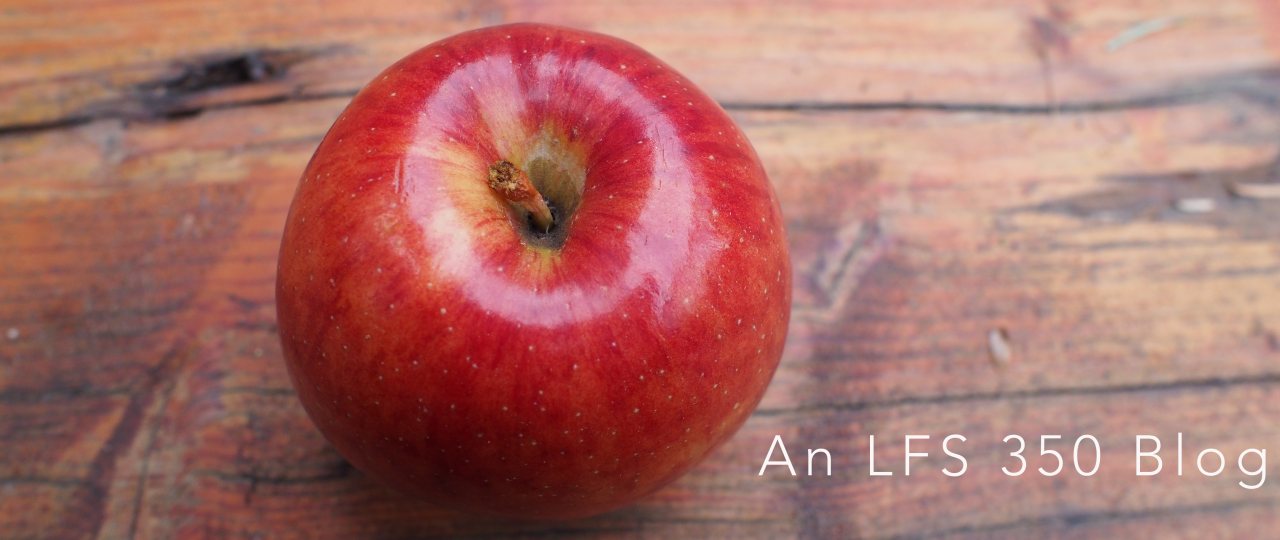The history and rejuvenation of the fruit orchard at Gambier Island Sea Ranch
We are a transdisciplinary team of six UBC students in Land, Food, & Community II (LFS 350), a community-based experiential learning course at the University of British Columbia. While we will each be bringing our unique backgrounds and knowledge to this course, we are all deeply motivated to gain a deeper understanding of sustainable food systems and food security by collaborating with a local community partner. Through this project we also hope to gain a better appreciation of the connection food fosters within a community (we are also into eating food!). You can read more about us here.
Our project goals:
Over the next few months we will be using an asset-based community development (ABCD) approach to work with the Gambier Island Sea Ranch (GISR) (1). The GISR is a multigenerational heritage orchard on Gambier Island (population 125), and is also the largest island in Howe Sound, BC.
More specifically, we will be: working with community stakeholders to clarify goals for the project; determining the specific varieties of apples and pears in the orchard; identifying culinary uses that best enhance these varieties and sharing these recipes with the community; and lastly, documenting the history of the orchard at the GISR and it’s role in the local food community and culture by collecting oral histories and disseminating this knowledge to members of the community. We hope that we can provide a connection to the origins of their food and improve the food literacy for the GISR community members by creating educational materials about the unique agricultural history of the island.
This blog will document our experiences working on this project.
Please join us as we embark on this journey with this island community in beautiful BC.
Cheers!
ps – see pictures of our trip to the GISR on instagram #lfs350team3
Reference:
1. Mathie, A., & Cunningham, G. (2003). From clients to citizens: Asset-based Community Development as a strategy for community-driven development. Development in Practice, 13(5), 474–486.
